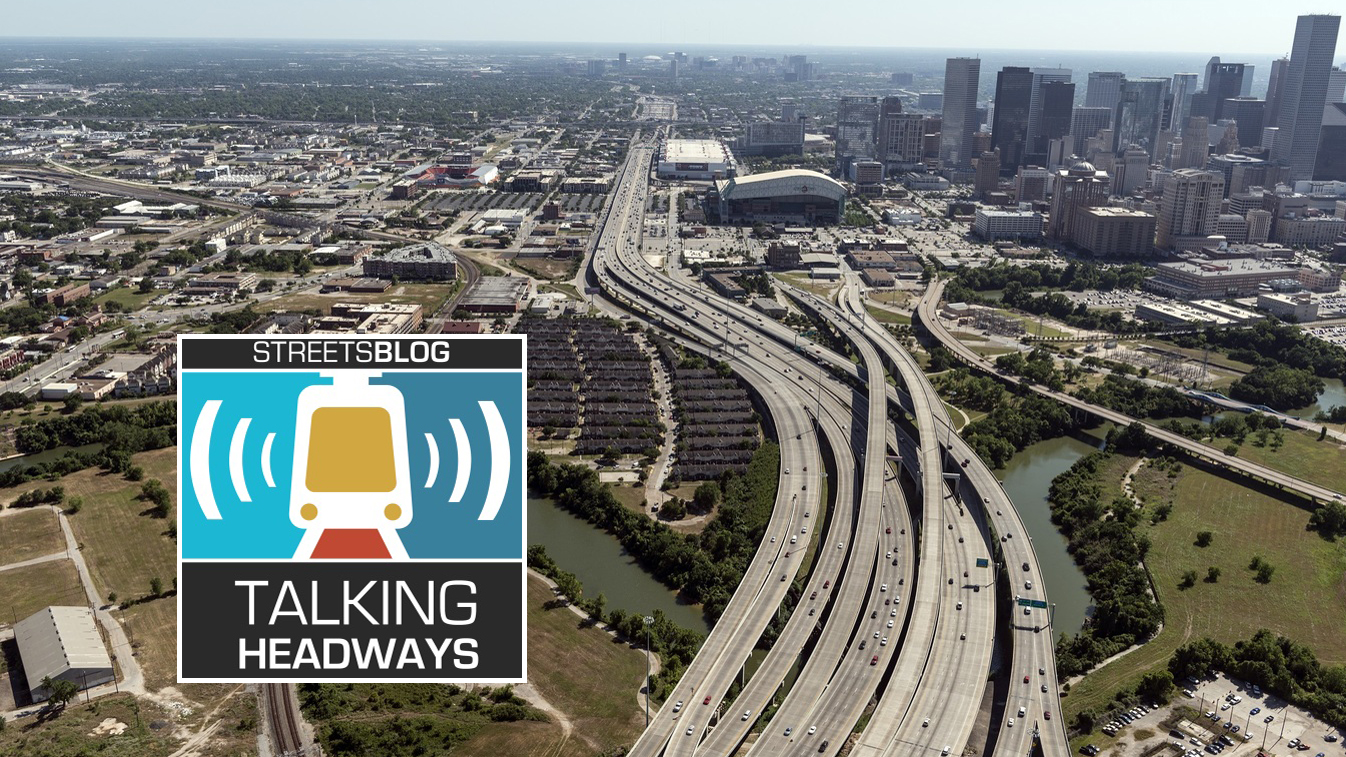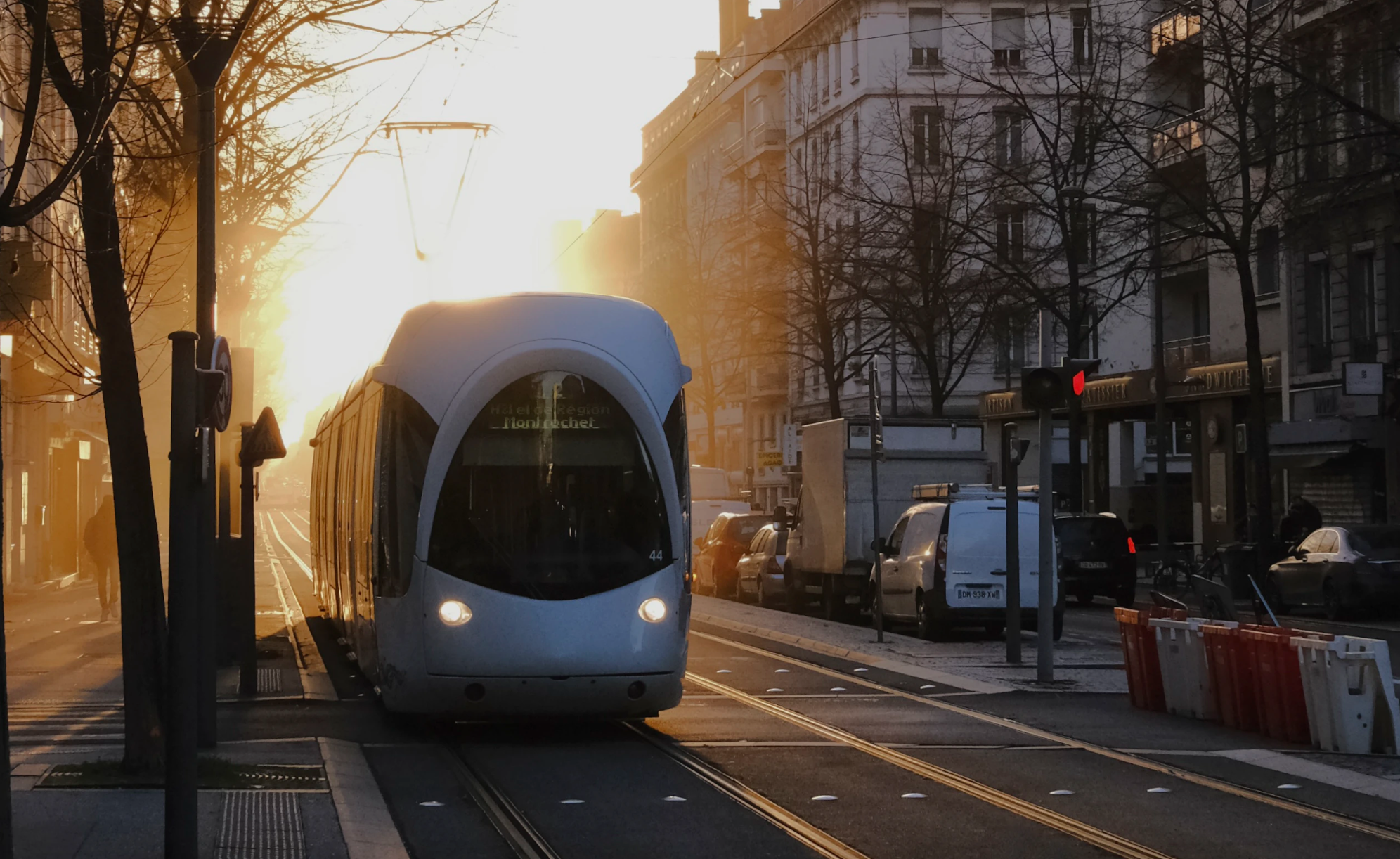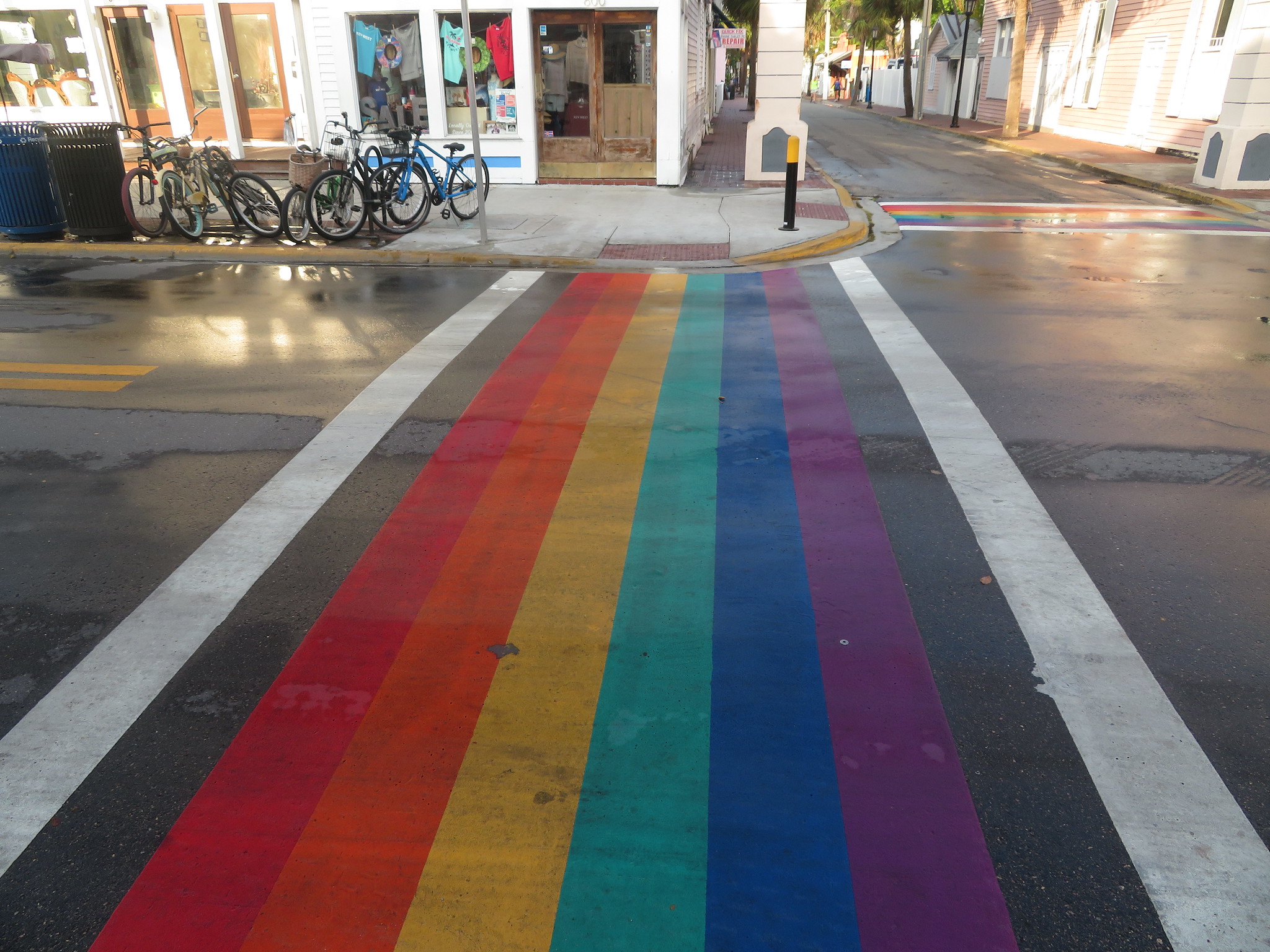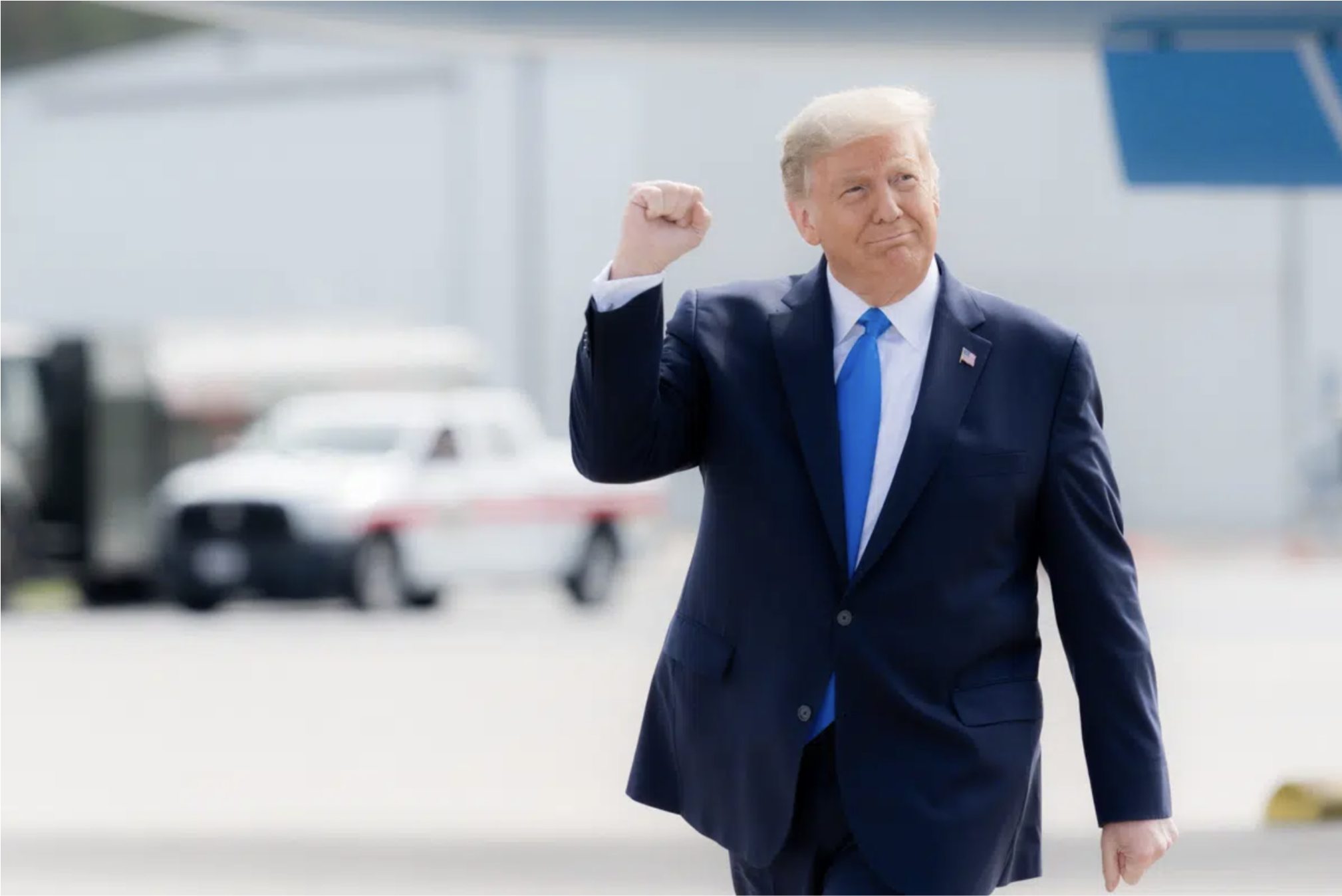“This is the civil rights dilemma: Our laws purport to level the playing field, but our transportation choices have effectively barred millions of people from accessing it.”
So says a report from the Leadership Conference Education Fund, a project of the Leadership Conference on Civil and Human Rights. The coalition wasn’t involved in the transportation reauthorization debate in 2005, when SAFETEA-LU was passed, and they’re determined to be at the table this time.
In March, they quietly published their report, “Where We Need to Go: A Civil Rights Roadmap for Transportation Equity”, and since then they’ve put out three more reports, springboarding off of that first overview. The subsequent reports focus on access to health care [PDF], access to housing [PDF], and access to jobs [PDF].
They never really released these reports to the press, which is why we’re just letting you know about them now. Some media outlets caught wind of it in late July and a small flurry of stories came out in the week or two after the Leadership Conference hosted a “fly-in” lobby day, where nearly 40 constituents from nine target states came to Washington to meet with their representatives’ offices.
According to the Leadership Conference report, racial minorities are four times more likely than whites to lack access to a car and to rely on public transportation for their commute to work. African Americans make up 12 percent of the U.S. population but 20 percent of the pedestrian fatalities. And the problem is far worse for Native Americans on reservations. Pedestrians there have the highest per capita risk of injury and death of any ethnic group in the U.S. While vehicle fatalities are dropping around the country, they’re on the rise on reservations.
All of that explains why the a group focused on civil and human rights would be interested in transportation – it’s an issue of racial justice. It’s also an economic issue, they say: with job sprawl pushing more and more jobs far outside the urban core, access to those jobs can be exclusively by private car. Even three out of five jobs “suitable for welfare-to-work participants” are not accessible by public transit, the report says.
Transportation is also a housing issue, when people of limited means are priced out of even inexpensive housing because transportation costs are too high outside the city, where transit doesn’t reach.
And transportation is a health issue, when people with disabilities who cannot drive skip medical appointments because they have no way to get there. “Imagine being an 80 year-old dialysis patient waiting for the bus for three hours—this happens in today’s America, and it hurts people,” said the National Association of County and City Health Officials. Meanwhile, families in autocentric communities lack convenient access to healthy foods or walkable neighborhoods to maintain a healthy lifestyle.
“Although our laws promise to open doors to opportunity,” the Leadership Conference writes, “this is a hollow promise for people who are physically isolated from jobs, schools, stores that sell healthy food, and health care providers. As our metropolitan areas have expanded and jobs and services have become more diffuse, equal opportunity depends upon equal access to affordable transportation.”
Indeed, the suburbanization of poverty is a large part of the problem. The suburbs were designed to be autocentric. They’ve never made any bones about it. For decades, the suburbs have sucked up a disproportionate amount of transportation dollars and wielded a disproportionate amount of power in decision-making bodies, and they’ve used that money and power primarily to build roads. And those roads have led farther and farther away from the urban center, and the only way to get to any of these places was to drive there.
But now, housing values are crashing in suburbia and, especially, in exurbia – so much so that Section 8 voucher-holders are increasingly residing in pockets of suburbia that used to be out of their reach, while their inner-city neighborhoods are the new urban hotspots, with rising prices forcing them away.
Even in transit-rich areas, affluent people often have cars. One mark of gentrification is the sudden scarcity of street parking. On the flip side, even in the transit-poor world of sprawling subdivisions, some low-income people can’t afford to own a car. We’ve seen the tragic results when people try to walk and bike on roads designed exclusively for the automobile.
All in all, the Leadership Conference has determined that “Transportation is back as a major civil rights issue,” in the words of Angela Glover Blackwell, founder and CEO of PolicyLink. “Today’s focus is not on getting a seat at the front of the bus but on making sure the bus takes us where we need to go.”
The Leadership Conference says transportation inequities have further entrenched segregation:
By investing disproportionately in highways that expand metropolitan areas, funding construction far from urban centers, and tipping decision-making power away from urban and inner suburban constituencies, our transit planning has placed inequitable burdens on low-income people, people with disabilities, and people of color by entrenching the segregation of racial minorities and increasing the concentration of poverty.
Post-WWII highway projects plowed through minority urban neighborhoods to shuttle commuters to and from the suburbs. Transportation planning has historically prioritized suburban development over strengthening cities and incentivized geographic expansion rather than improving infrastructure to accommodate larger, more densely populated areas. The result: Geographic segregation, along with unequal investment in transit options for urban, low-income people.
Indeed, the suburban sway over MPOs around the country isn't likely to mean transit expansion and better walking conditions just because the demographics of the suburbs are shifting. As low-income people move out to the suburbs, they aren't necessarily becoming part of that suburban power structure, said Lexer Quamie, counsel and transportation expert at the Leadership Conference.
“The individuals that are being pushed out there, not necessarily by choice, may not put themselves at the table," she said. "If you don’t know there's process you can be part of, you’re left out.”
That’s why “meaningful representation” of low-income people, people of color, and people with disabilities is a major plank of the Leadership Conference’s platform for change. But most importantly: “Ending the disproportionate investment in car-based transit must be a centerpiece of the transportation equity agenda.”






